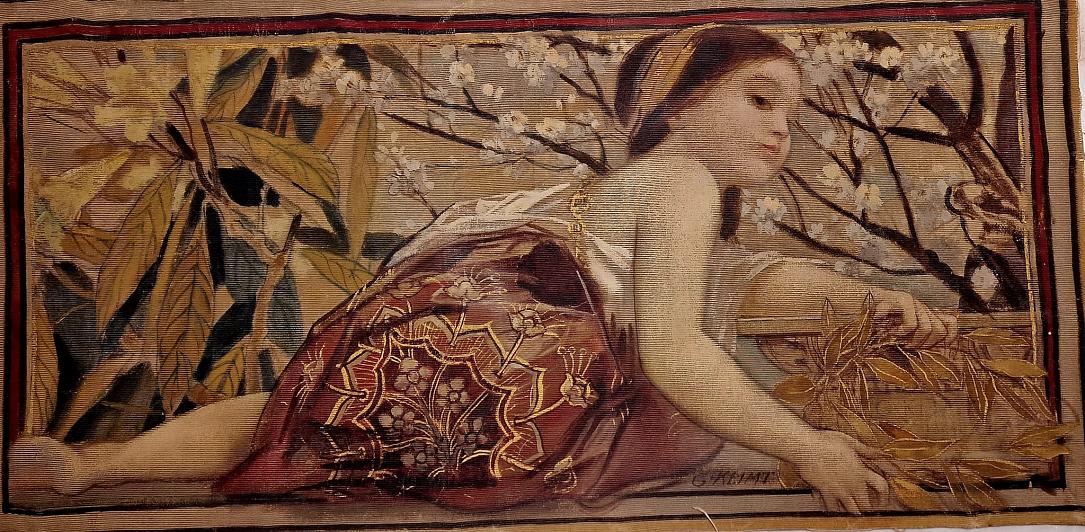Paintings by Gustav Klimt to be restored at Romania’s Brukenthal National Museum



Two artworks by Gustav Klimt from the Peleș National Museum in Sinaia will undergo restoration at the Brukenthal National Museum in Sibiu, a first in Romania.
The two paintings signed by Gustav Klimt, part of the Peleș Museum's collection, will be restored at the Restoration Laboratory of the Brukenthal Museum, the institution announced.
"It is an honor for us to have custody of two oil paintings by Gustav Klimt here in Sibiu, and for the Restoration Laboratory of the Brukenthal National Museum to begin the restoration of these important pieces from the Peleș National Museum, the only institution in our country that houses several works signed by the Austrian artist and decorator Gustav Klimt. His art contributed to an artistic 'revolution' in Europe. One of Klimt's most famous paintings is 'The Kiss' (1907-1908). It dates from his so-called 'Golden Period'. This is best illustrated by the golden petals that phosphorescently illuminate the intimate scene of the kiss," stated Alexandru Constantin Chituță, interim manager of the Brukenthal National Museum.
On the other hand, the manager of the Peleș National Museum said that the works to be restored in Sibiu are of exceptional value, but their state of conservation is deficient at the moment.
One of the most important decorative ensembles by Gustav Klimt, created in 1884-1885, can be found in the Theater Hall of Peleș Castle. Commissioned by the founder of the royal residence in Sinaia, the decorative ensemble 'Muses, Masks, Allegories, Emblems' reveals the talent of the father of the Viennese Secession.
Although somewhat indebted to late Symbolist academism, the works announce Klimt's innovative spirit.
Extensive restoration operations on the ensemble will begin this year as part of a multi-year program, by restoring the freshness of the canvases 'Spring' and 'Summer', which are placed on the west wall of the Theater Hall, next to the royal loge, according to dr. Narcis Dorin Ion, director-general of the Peleș National Museum. The works have already been brought to Piața Mare, where they underwent X-ray and UV light tests.
“In the next stage, the museum restorers will carry out specific operations, including restoring the flatness of the textile support; consolidating the edges of the textile support by applying strips of canvas with a similar weave to the original, which will help secure the painting on the wooden frame; creating a professional frame that can be tensioned later; cleaning the original paint layer, a particularly important step that must be done with the utmost care to avoid endangering the original paint layer; filling and sanding operations; chromatic integration of the areas with stratigraphic gaps that have been filled, and the final varnishing of the work. In the final stage, the paintings will be transported back to the Peleș National Museum, where they will be mounted on the wall," said Ioan Muntean, restorer at the Brukenthal National Museum.
(Photo source: Brukenthal National Museum on Facebook)